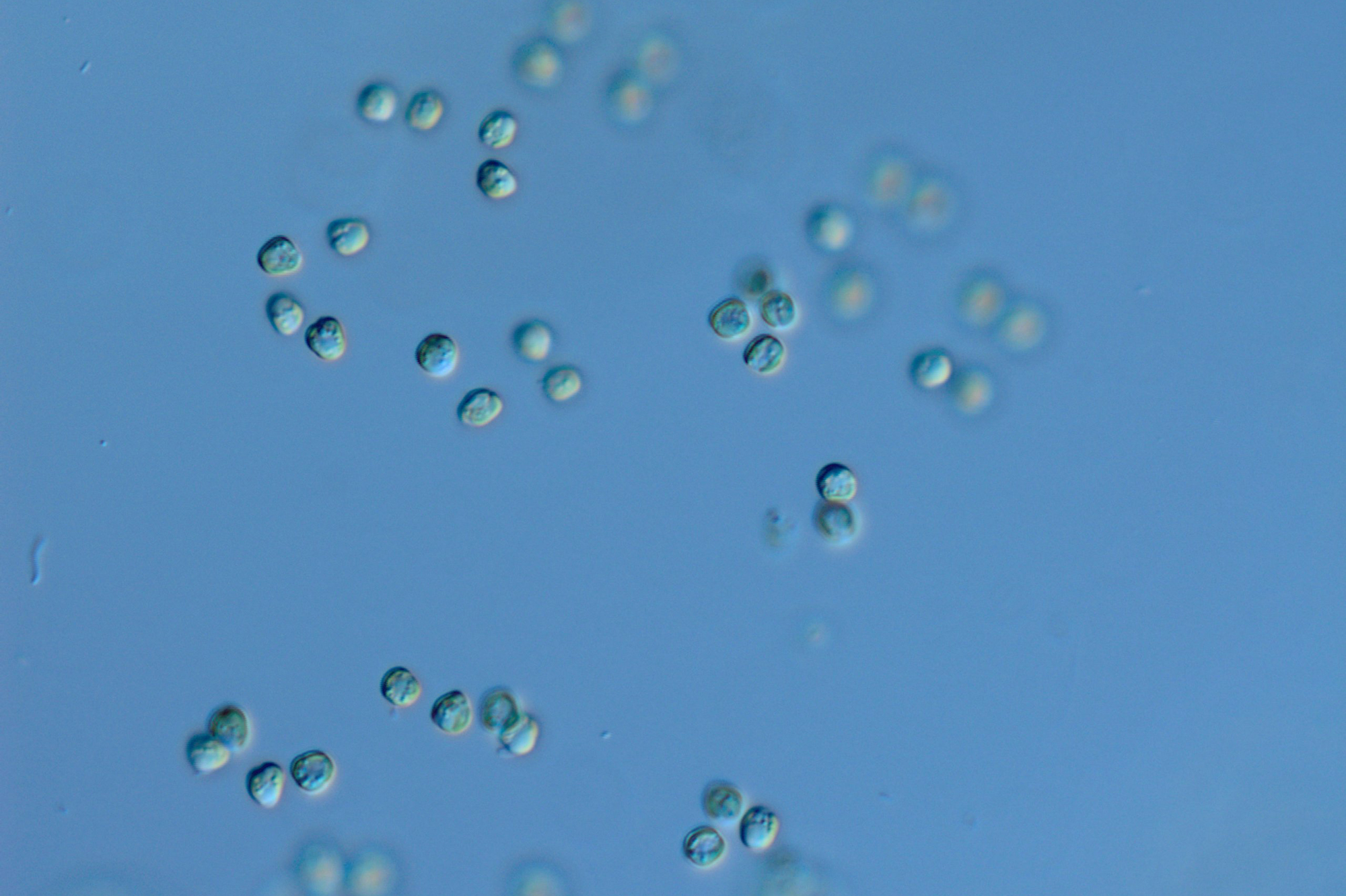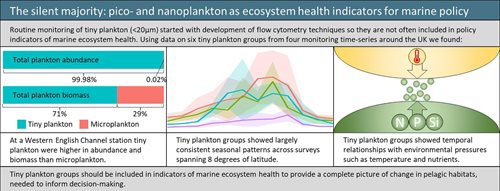Story
Small but mighty – study highlights the importance of the often overlooked tiny inhabitants of the ocean
8 February 2024
New research sheds light on tiny plankton, which measure less than 0.02mm in diameter but can make up more than 70% of the plankton biomass found in the ocean.
 Tiny plankton – measuring less than 20µm (or 0.02mm) in diameter – make up the majority of plankton in the ocean and play a critical role in the planet’s health. However, new research has highlighted that challenges in identifying them have led to them becoming a silent majority and are currently being overlooked when it comes to global ocean policy.
Tiny plankton – measuring less than 20µm (or 0.02mm) in diameter – make up the majority of plankton in the ocean and play a critical role in the planet’s health. However, new research has highlighted that challenges in identifying them have led to them becoming a silent majority and are currently being overlooked when it comes to global ocean policy.The study is one of the first to explore the abundance and importance of these tiny ocean inhabitants around the UK coastline, with the technology capable of monitoring them only having been introduced in 2007.
By using cutting-edge surveying and identification techniques, this monitoring capability has shown that in some instances, 99.98% of plankton abundance and 71% of plankton biomass is derived from these tiny cells.
The research has also shown they can be impacted directly by changes in ocean temperatures and nutrients, in addition to other environmental shifts taking place as a result of climate change.

Published in the journal Ecological Indicators, the study involved researchers from Plymouth Marine Laboratory alongside the University of Plymouth, Marine Biological Association, Environment Agency, Marine Scotland Science, Centre for Environment, Fisheries and Aquaculture Science (Cefas) and the Scottish Association for Marine Science.
Lead author Dr Abigail McQuatters-Gollop, Associate Professor of Marine Conservation at the University of Plymouth, said:
“You hear of phrases like searching for a needle in a haystack, but this takes it to a whole new level. Identifying something that measures 0.02mm in the ocean is an immense challenge, but an increasingly important one at a time of huge environmental pressures. These plankton may be tinier than most people can realistically imagine, but they underpin the entire marine food web and play a critical role in producing the oxygen our planet needs. We need to take this silent majority more seriously”.
The researchers involved in the current study used a combination of flow cytometry – a laser-based technique used to detect and analyse the optical characteristics of cells or particles – and light microscopes to investigate six groups of tiny plankton, including two groups of heterotrophic bacteria.
This provided evidence of the abundance of tiny plankton, with that data then being cross-referenced against known changes in environmental conditions to assess how they were being impacted.
Dr Angus Atkinson, co-author on the study and Marine Ecologist at Plymouth Marine Laboratory said:
"There are very few time series of these tiny plankton and the flow cytometry performed at Plymouth Marine Laboratory likely provides the most complete dataset for UK waters. Proper inclusion of this group is vital to understand how pelagic ecosystems operate and respond to change".
As a result of this study, the researchers have recommended that tiny plankton groups should be used to inform biodiversity indicators that meet policy obligations under the EU Marine Strategy Framework Directive (MSFD), OSPAR strategies (Oslo-Paris Convention), and the UK Marine Strategy.
They have also called for long-term monitoring of tiny plankton across multiple sites to ensure that policy decisions are based on accurate local and global evidence.
Dr Rowena Stern, study co-lead and a Continuous Plankton Recorder Research Fellow at the Marine Biological Association, added:
“We have been able to connect these tiny plankton to meaningful indicators for policy use by measuring how human-driven environmental pressures affect the timing of their growth. This has only been possible by taking consistent, long-term measurements of these types of plankton.”
Related information
Full paper: The silent majority: Pico- and nanoplankton as ecosystem health indicators for marine policy